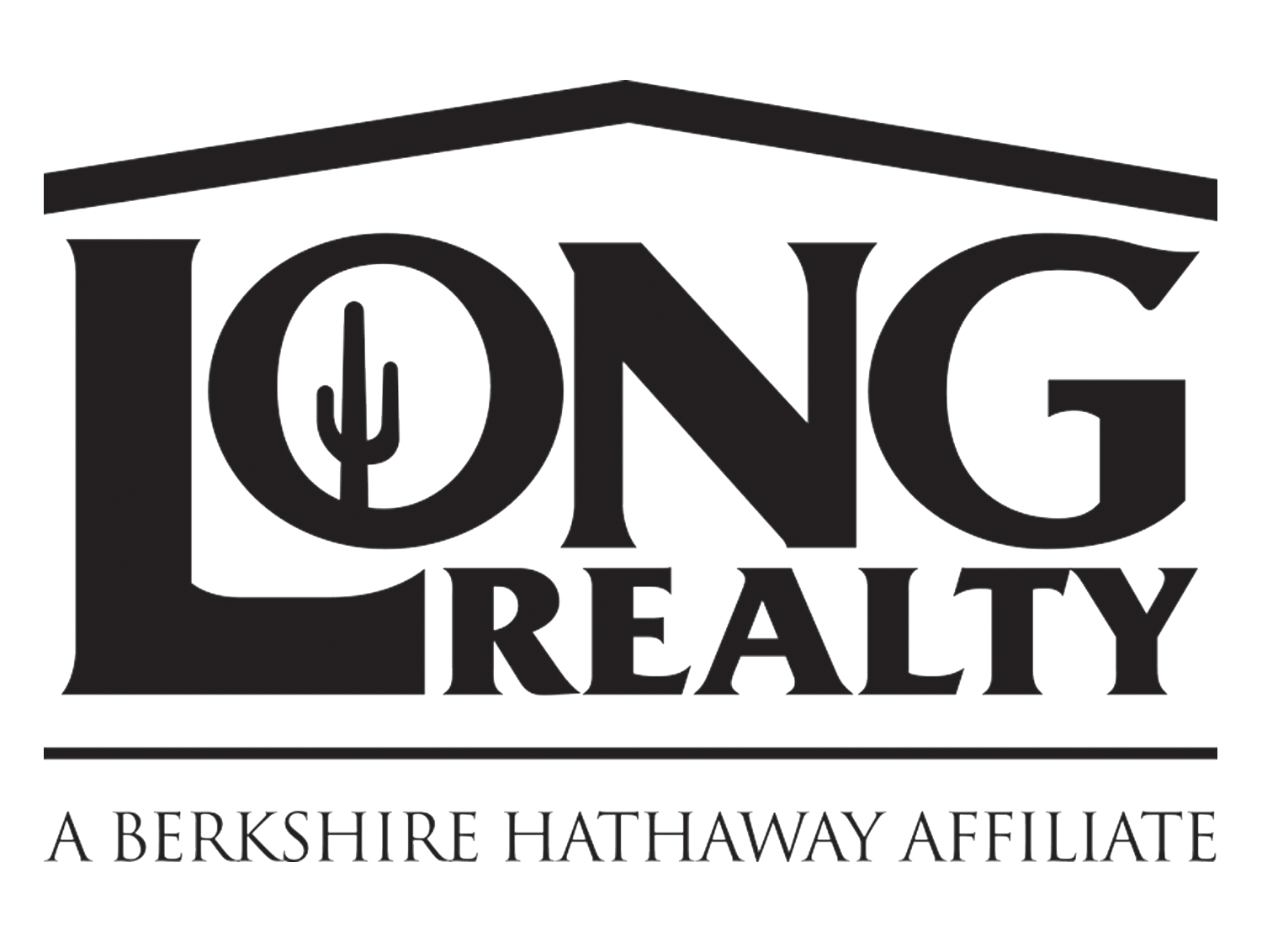Buyers looking at multiple homes in an area will likely come across several different types and styles of interior doors. In this two-part article we will try to provide a general overview into the commonly used door types and styles on the market and the pros and cons to each. Always check with your REALTOR© or a contractor for more specific information about the doors in a home you might be interested in.
In part one we’ll focus on the biggest functional difference between doors which originates from the construction method used to create them. While many different door types exist we’ll focus on the three most widely used categories: solid wood doors, solid core doors, and hollow core doors.
Types of Doors
Solid Wood Doors – Because of the expense of solid wood doors these are often the least widely used type of door, especially in today’s market in the greater Tucson area. These doors have some positive benefits of being a true natural material, providing excellent sound dampening, and superior insulating qualities. They are also indicative of attention to detail and have a great look that also holds up well to potential damage.
There are several downsides to solid wood doors though. Foremost is their substantial cost premium over other types of doors available on the market. This precludes their use in most of today’s production homes and therefore you’ll see very few true wood doors on the market. The other major downside to solid wood doors is their weight. A full wood door has a substantial weight surplus when compared with other commonly used door materials and also is more prone to expansion and shrinkage factors with temperature changes.
Solid Core Doors – This type of door is mostly composed of MDF (or similar material) on the interior with a thin layer of veneer wood laminated on the exterior. This gives the appearance of a wood door and much of the structural rigidity as well, without the substantial cost. The primary benefits of this door mirror that of the full wood doors in that it provides effective sound dampening and moderate insulation too.
The negatives of this type of door is its weight and cost when compared with hollow core doors. Many of the mid-level production communities will utilize this type of door, particularly in the last decade or so because it is a nice balance between cost and function. These doors are subject to expansion and contraction as well during temperature and atmospheric changes, so some adjustment may be necessary after insulation.
Hollow Core Doors – The last type of door commonly used is the least expensive and therefore attractive to many home builders and buyers alike as a cost saving measure. Often constructed with a wood frame that is an inch or two wide, they are typically wrapped with hardboard or plywood for the exterior. The even greater difference though is that typically they’re reinforced with corrugated cardboard to add stiffness to the middle section. Due to this construction technique the doors are lighter weight which can be beneficial. They also take stain or paint very well and are much less likely to warp, shrink, or swell than solid doors. Modern hollow core doors are much improved over older generations that were very flimsy and weak.
A few negative characteristics about these doors is they are more prone to damage from improper use, children, or excessive loads. They’re also relatively inefficient in most cases with their sound dampening abilities when compared with solid doors, which can be a major detractor. Repair is often very difficult with this type of door as well. The impression that most people have of this type of door can also be a downside as it’s seen as less desirable in many markets.
In part two of this article series on doors we’ll examine the styles and dimensions commonly found throughout many homes.








Connect With Us!